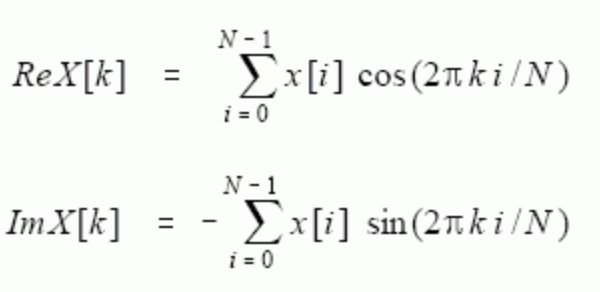With that amount data it is also very hard to do the summation manually (then you can cut your data into batches of (say) 10^7 datapoints):

but this summation method has some very bad scaling (performance-wise) as you can imagine...
Hmm you might indeed be stuck with finding a big computer (certainly some supercomputers have this kind of memory sizes). or write your own fancy routines like fft but then with your data in pieces (not sure if that is possible).
Sorry for wasting your time :-/